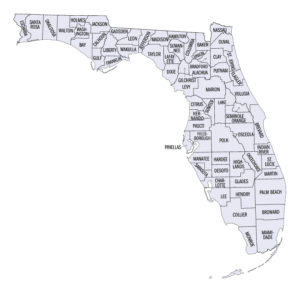
Quantitative vs. Qualitative Adjustments
[types field='full_body'][/types]
The Unfinished Office Park
[types field='full_body'][/types]
The Religious Facility Appraisal – Part IV
[types field='full_body'][/types]
The Religious Facility Appraisal – Part IV
[types field='full_body'][/types]

The Religious Facility Appraisal – Part III
[types field='full_body'][/types]

The Religious Facility Appraisal – Part II
[types field='full_body'][/types]
The Religious Facility Appraisal – Part I
[types field='full_body'][/types]

Florida State Homes Article
[types field='full_body'][/types]

A common mistake – What to do with “extra” land
[types field='full_body'][/types]

Commercial Appraisal Report Format Changes For 2014
[types field='full_body'][/types]


